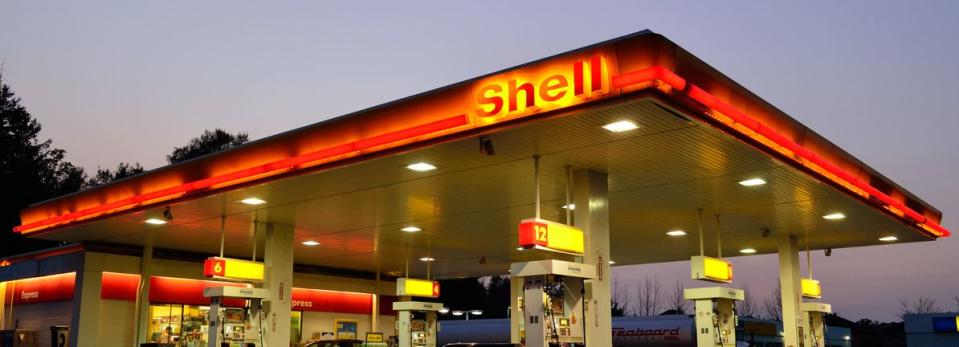Should You Care About Royal Dutch Shell plc’s (AMS:RDSA) Investment Potential?

Today we are going to look at Royal Dutch Shell plc (AMS:RDSA) to see whether it might be an attractive investment prospect. Specifically, we're going to calculate its Return On Capital Employed (ROCE), in the hopes of getting some insight into the business.
First of all, we'll work out how to calculate ROCE. Then we'll compare its ROCE to similar companies. Finally, we'll look at how its current liabilities affect its ROCE.
What is Return On Capital Employed (ROCE)?
ROCE measures the amount of pre-tax profits a company can generate from the capital employed in its business. In general, businesses with a higher ROCE are usually better quality. Ultimately, it is a useful but imperfect metric. Author Edwin Whiting says to be careful when comparing the ROCE of different businesses, since 'No two businesses are exactly alike.'
How Do You Calculate Return On Capital Employed?
The formula for calculating the return on capital employed is:
Return on Capital Employed = Earnings Before Interest and Tax (EBIT) ÷ (Total Assets - Current Liabilities)
Or for Royal Dutch Shell:
0.092 = US$30b ÷ (US$409b - US$84b) (Based on the trailing twelve months to June 2019.)
So, Royal Dutch Shell has an ROCE of 9.2%.
See our latest analysis for Royal Dutch Shell
Does Royal Dutch Shell Have A Good ROCE?
ROCE is commonly used for comparing the performance of similar businesses. We can see Royal Dutch Shell's ROCE is around the 9.5% average reported by the Oil and Gas industry. Separate from Royal Dutch Shell's performance relative to its industry, its ROCE in absolute terms looks satisfactory, and it may be worth researching in more depth.
Royal Dutch Shell reported an ROCE of 9.2% -- better than 3 years ago, when the company didn't make a profit. This makes us wonder if the company is improving. You can see in the image below how Royal Dutch Shell's ROCE compares to its industry. Click to see more on past growth.
When considering ROCE, bear in mind that it reflects the past and does not necessarily predict the future. ROCE can be deceptive for cyclical businesses, as returns can look incredible in boom times, and terribly low in downturns. This is because ROCE only looks at one year, instead of considering returns across a whole cycle. Given the industry it operates in, Royal Dutch Shell could be considered cyclical. Since the future is so important for investors, you should check out our free report on analyst forecasts for Royal Dutch Shell.
How Royal Dutch Shell's Current Liabilities Impact Its ROCE
Short term (or current) liabilities, are things like supplier invoices, overdrafts, or tax bills that need to be paid within 12 months. Due to the way the ROCE equation works, having large bills due in the near term can make it look as though a company has less capital employed, and thus a higher ROCE than usual. To counteract this, we check if a company has high current liabilities, relative to its total assets.
Royal Dutch Shell has total liabilities of US$84b and total assets of US$409b. As a result, its current liabilities are equal to approximately 21% of its total assets. Current liabilities are minimal, limiting the impact on ROCE.
What We Can Learn From Royal Dutch Shell's ROCE
This is good to see, and with a sound ROCE, Royal Dutch Shell could be worth a closer look. Royal Dutch Shell shapes up well under this analysis, but it is far from the only business delivering excellent numbers . You might also want to check this free collection of companies delivering excellent earnings growth.
If you are like me, then you will not want to miss this free list of growing companies that insiders are buying.
We aim to bring you long-term focused research analysis driven by fundamental data. Note that our analysis may not factor in the latest price-sensitive company announcements or qualitative material.
If you spot an error that warrants correction, please contact the editor at editorial-team@simplywallst.com. This article by Simply Wall St is general in nature. It does not constitute a recommendation to buy or sell any stock, and does not take account of your objectives, or your financial situation. Simply Wall St has no position in the stocks mentioned. Thank you for reading.

